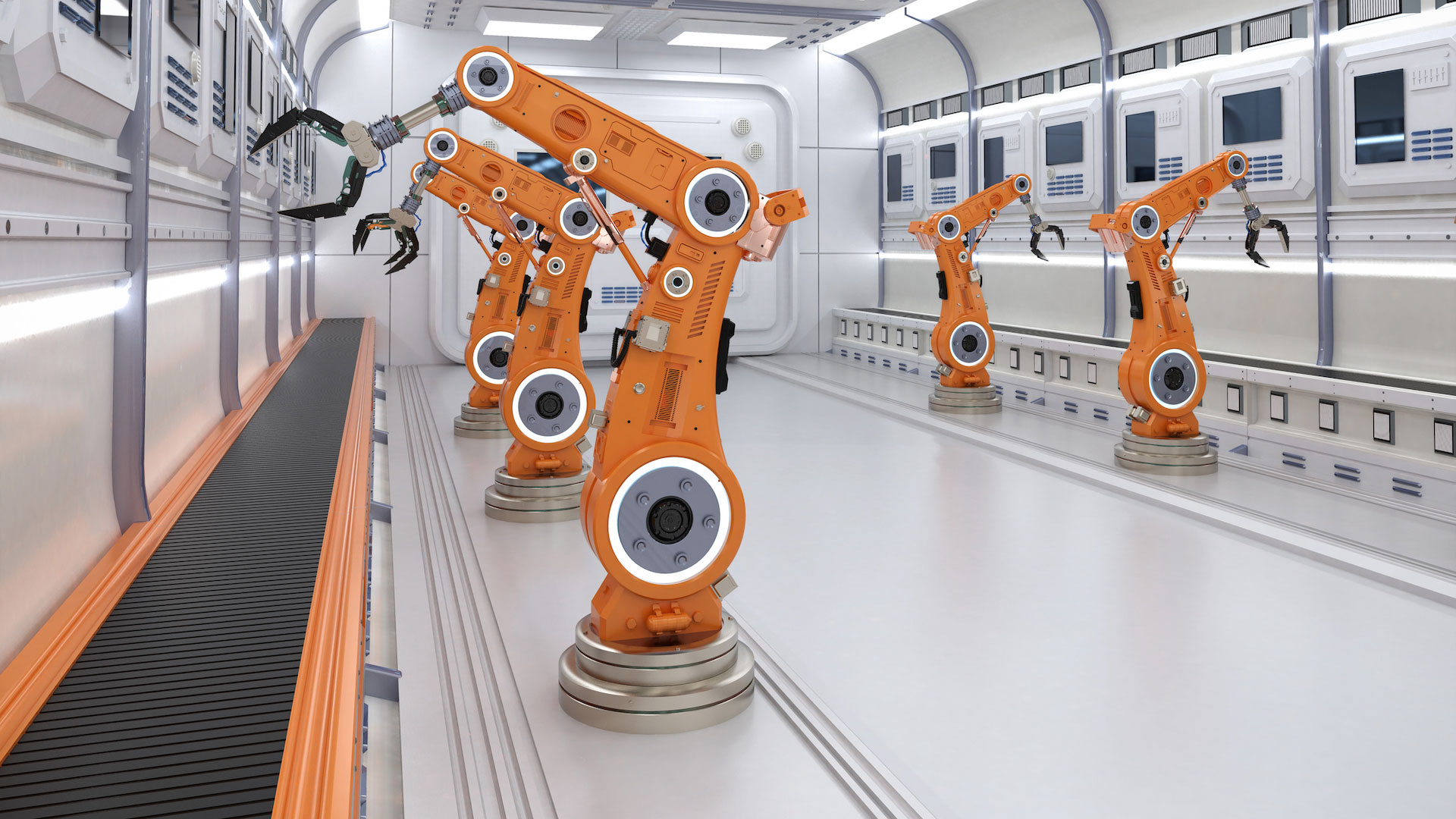
A team from the Korea Advanced Institute of Science and Technology (KAIST) has unveiled a groundbreaking wearable robot designed to assist paraplegic individuals in walking, navigating obstacles, and climbing stairs. Dubbed the WalkON Suit F1, the exoskeleton combines advanced robotics and engineering to bring mobility back to those with disabilities.
The prototype, developed by KAIST’s Exoskeleton Laboratory, was demonstrated by team member Kim Seung-hwan, who is paraplegic. Kim showcased the robot’s capabilities, walking at a speed of 3.2 kilometers per hour (2 mph), climbing stairs, and even maneuvering sideways to sit on a bench. Kim highlighted one of its standout features: the ability to autonomously approach and lock onto a user in a wheelchair, enabling them to stand and walk.
Built with a mix of aluminum and titanium, the WalkON Suit F1 weighs 50 kilograms (110 pounds) and uses 12 electronic motors to replicate human joint movements. Sensors embedded in the soles and upper body process 1,000 signals per second to ensure balance, anticipating the user’s intended movements. Additionally, cameras act as the robot’s eyes, analyzing surroundings to detect stairs and obstacles, compensating for sensory limitations in users with complete paraplegia.
The inspiration behind the robot’s design came from the movie Iron Man. Park Jeong-su, a member of the KAIST team, said, “After watching Iron Man, I thought it would be great if I can help people with a robot in real life.” This vision culminated in the development of a functional assistive exoskeleton that integrates seamlessly into everyday life.
Kim also competed while wearing the WalkON Suit F1 at Cybathlon 2024, a global competition showcasing assistive robots. He won the gold medal in the exoskeleton category, proving the robot’s efficacy and potential. Reflecting on his journey, Kim said, “I wanted to tell my son that I also used to be able to walk. I wanted to share a diverse range of experiences with him.”
The KAIST team aims to continue refining the WalkON Suit F1, striving to create a product that integrates seamlessly into the lives of individuals with disabilities and empowers them to regain independence.
Author’s Opinion
The development of the WalkON Suit F1 signals a pivotal moment in assistive technology, blending innovation and empathy to tackle mobility challenges for paraplegics. By combining advanced robotics with a user-centered design inspired by real-life needs, the KAIST team not only expands possibilities for individuals with disabilities but also inspires broader conversations about accessibility and independence in modern society.
Featured image courtesy of George Brown College
Follow us for more tech news updates.
